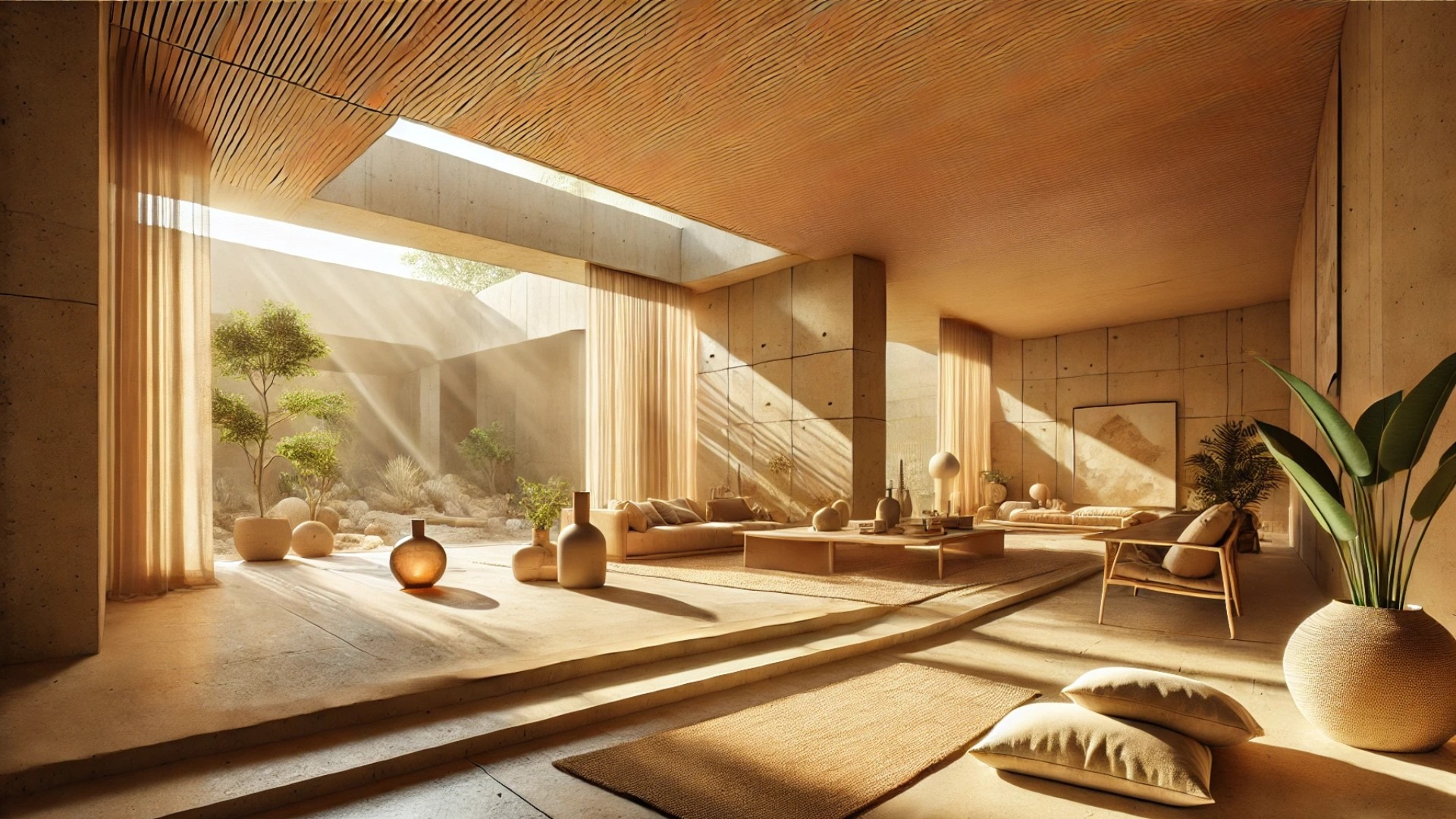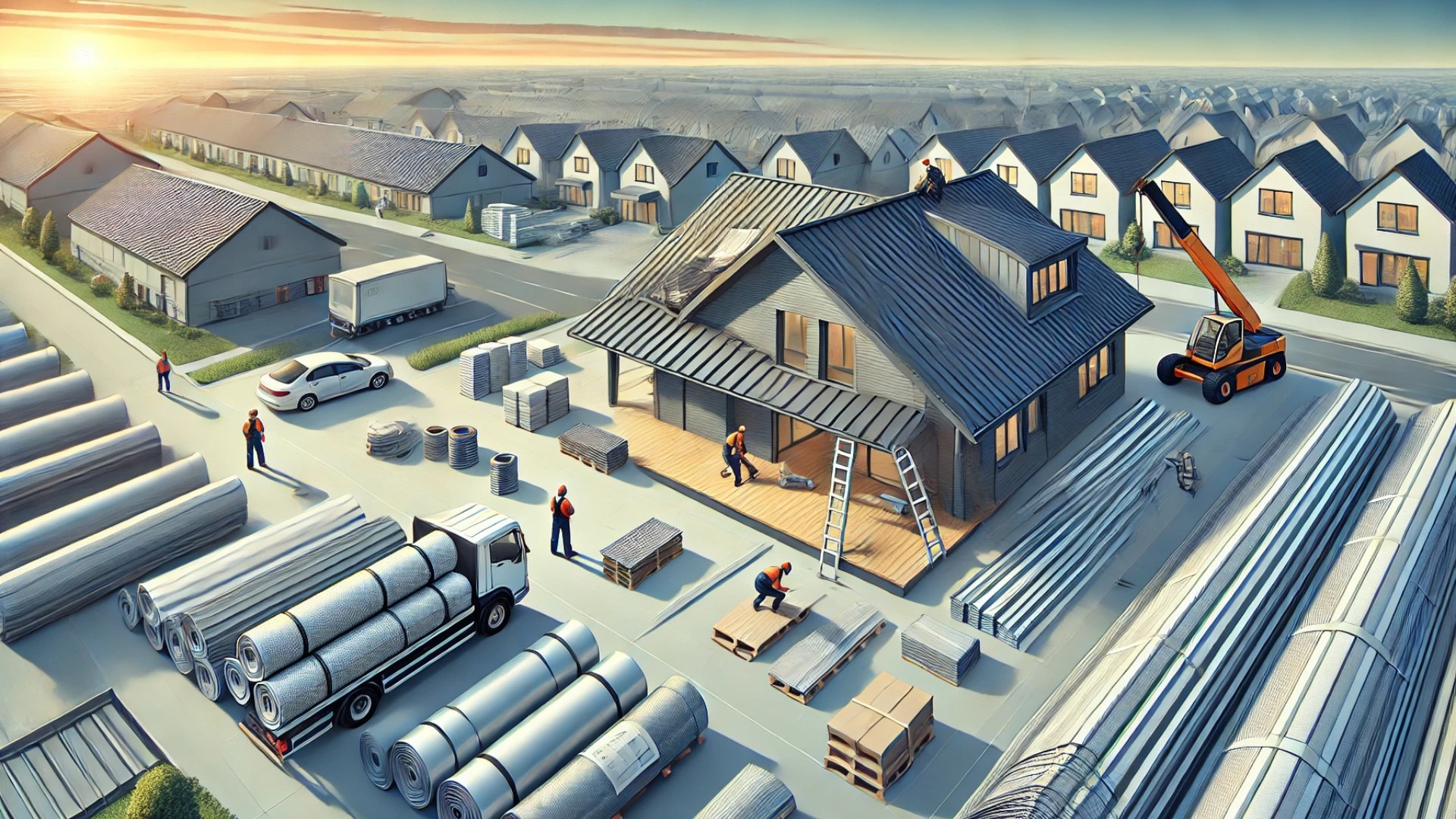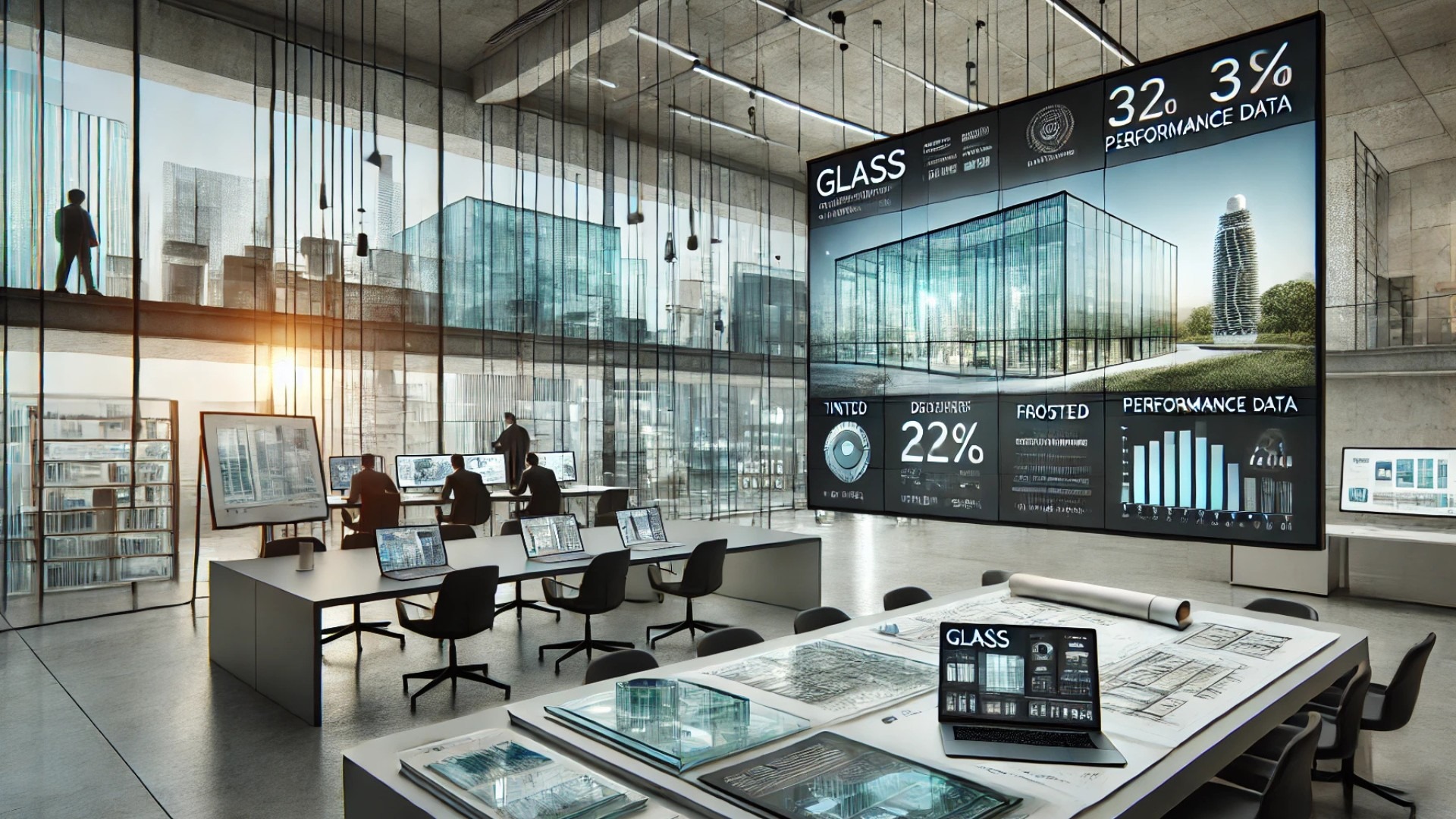
Understanding the Importance of Daylighting in Architecture
Daylighting, the practice of using natural light to illuminate the interior of buildings, not only enhances aesthetics but also contributes significantly to sustainability and energy efficiency. The innovative design approaches in daylighting can transform spaces, making them more vibrant and economically sustainable.
Benefits of Innovative Daylighting Design
Incorporating advanced daylighting techniques into architectural designs provides various benefits. From reducing energy costs associated with artificial lighting to improving occupant well-being by creating healthier environments, the advantages are manifold. Studies have shown that spaces designed with sufficient natural light can increase productivity and satisfaction among occupants.
Innovative Technologies in Daylighting
Emerging technologies such as light shelves, redirected glazing, and smart glass offer architects remarkable tools for maximizing natural light while minimizing glare and thermal discomfort. These innovations not only allow for a seamless blend between indoor and outdoor environments but also enable the creation of energy-efficient buildings that capitalize on the sun’s natural resources.
Case Studies Showcasing Success
Several prominent buildings have successfully integrated innovative daylighting principles, demonstrating their positive impacts. For instance, workplaces utilizing smart lighting controls achieved up to a 50% reduction in energy use. Such examples should inspire more architects to incorporate these sustainable strategies, aligning with broader trends toward environmental responsibility.
Challenges and Considerations
Despite the numerous benefits, implementing innovative daylighting solutions is not without its challenges. Issues such as local climate variations, building orientation, and potential aesthetic constraints can impact daylighting effectiveness. Therefore, careful planning and analysis are essential for maximizing these advantages.
Future Trends in Daylighting Design
As we move toward a more sustainable future, the importance of natural light in architecture is expected to rise. The integration of artificial intelligence in building design is anticipated to facilitate even more tailored daylighting solutions capable of dynamically adjusting based on weather patterns and building layout.
Daylighting design is a crucial element in modern architecture. By embracing innovative approaches, architects can create healthier, more sustainable spaces that not only look good but also enhance well-being and reduce energy costs.
 Add Row
Add Row  Add
Add 

 Add Row
Add Row  Add Element
Add Element 




Write A Comment